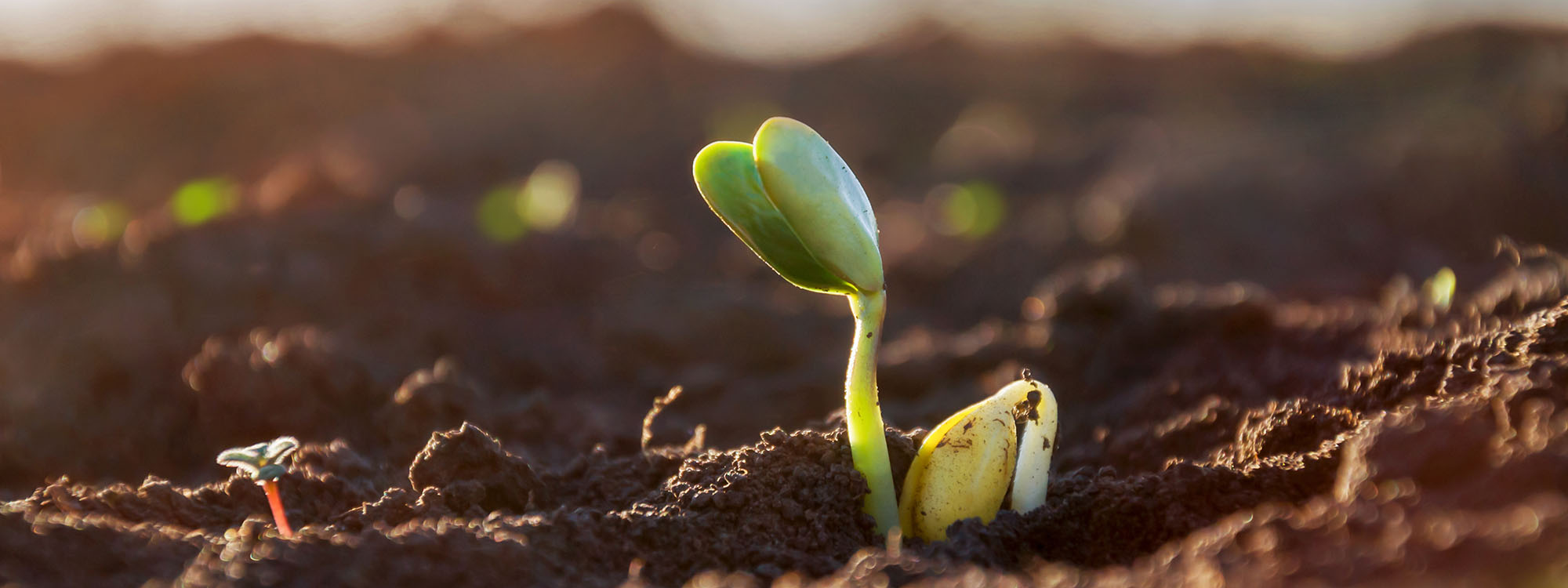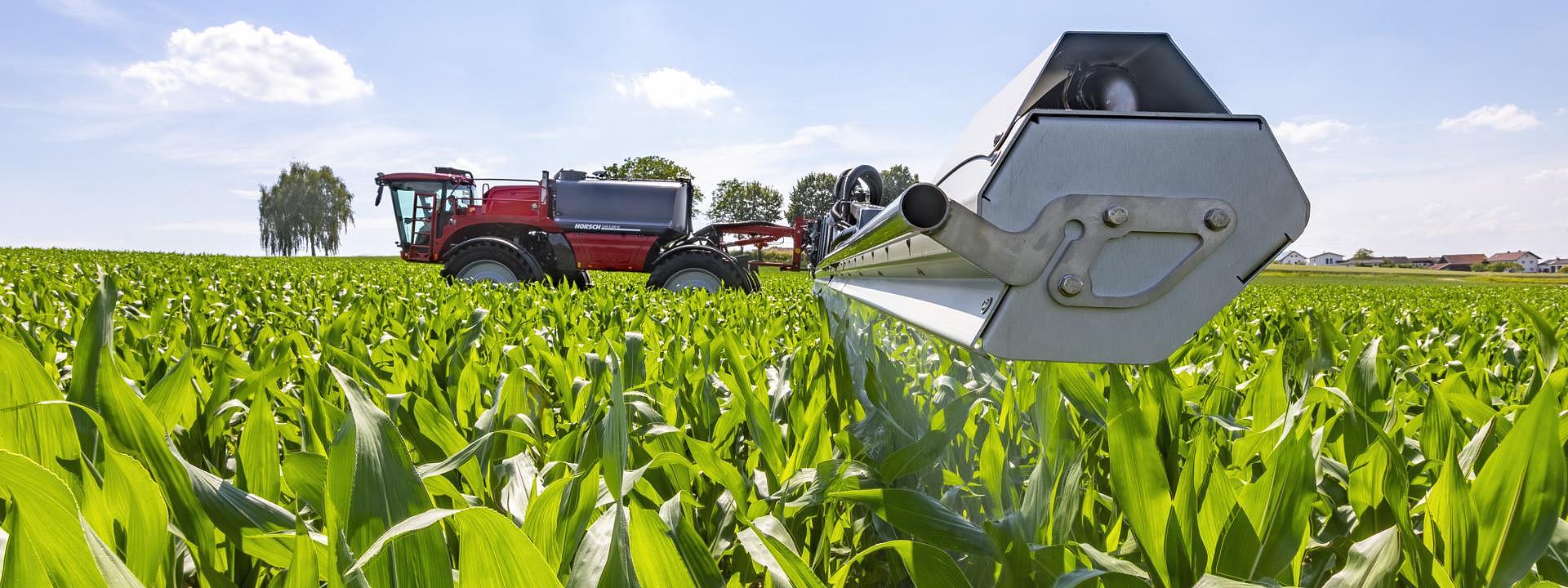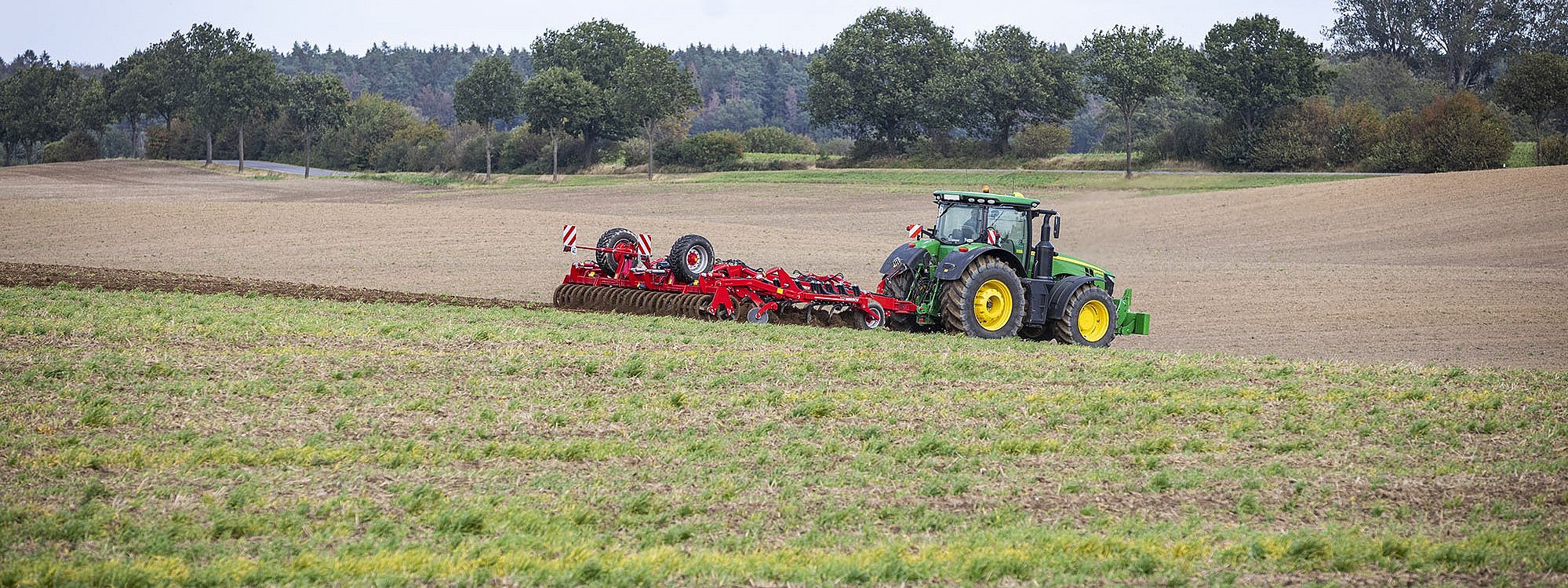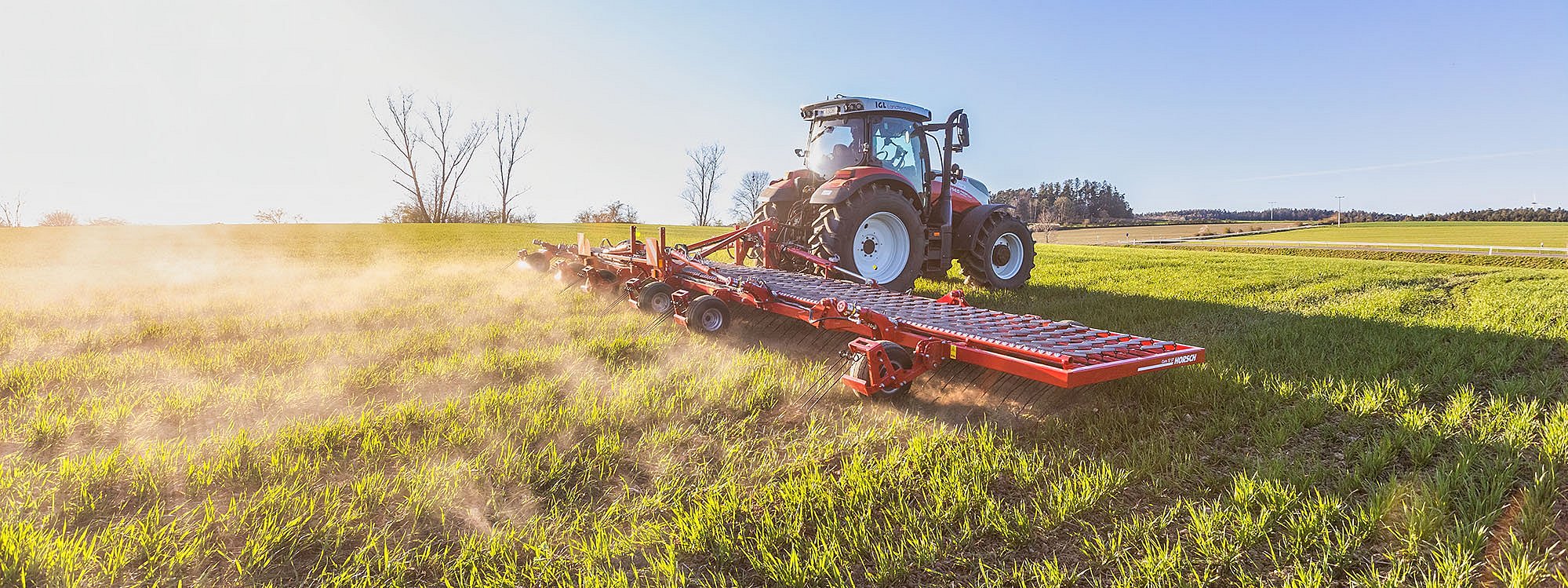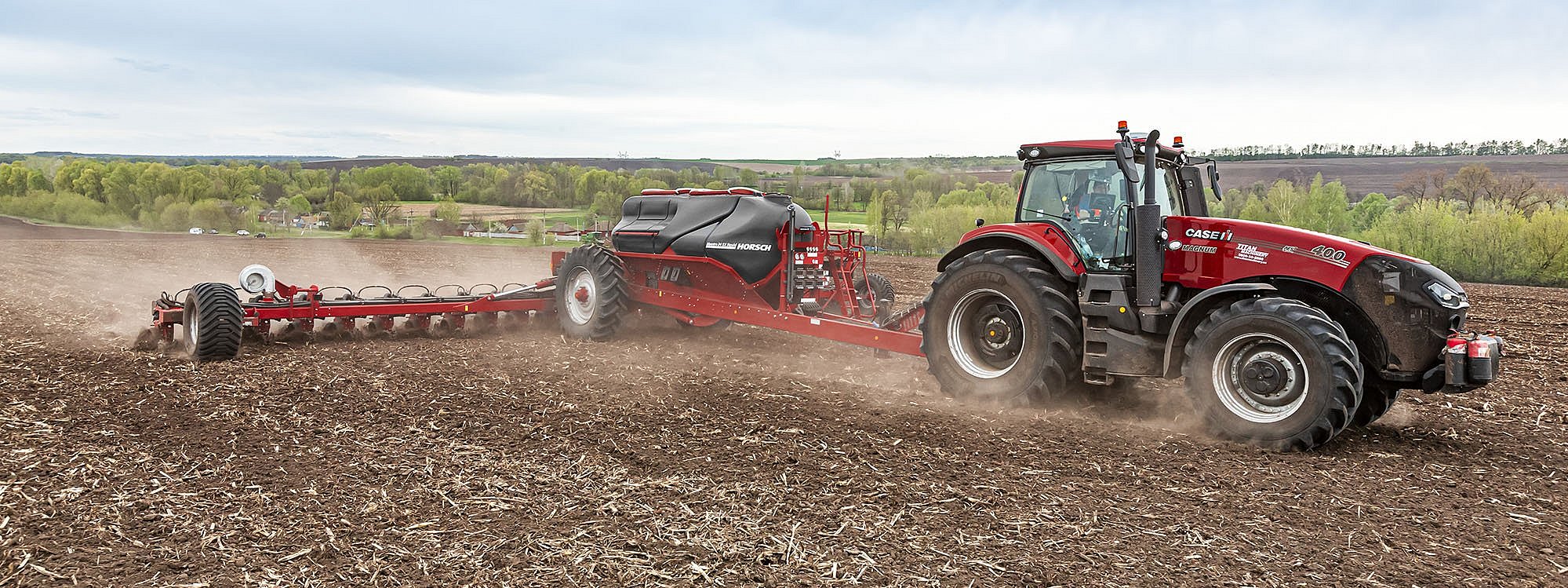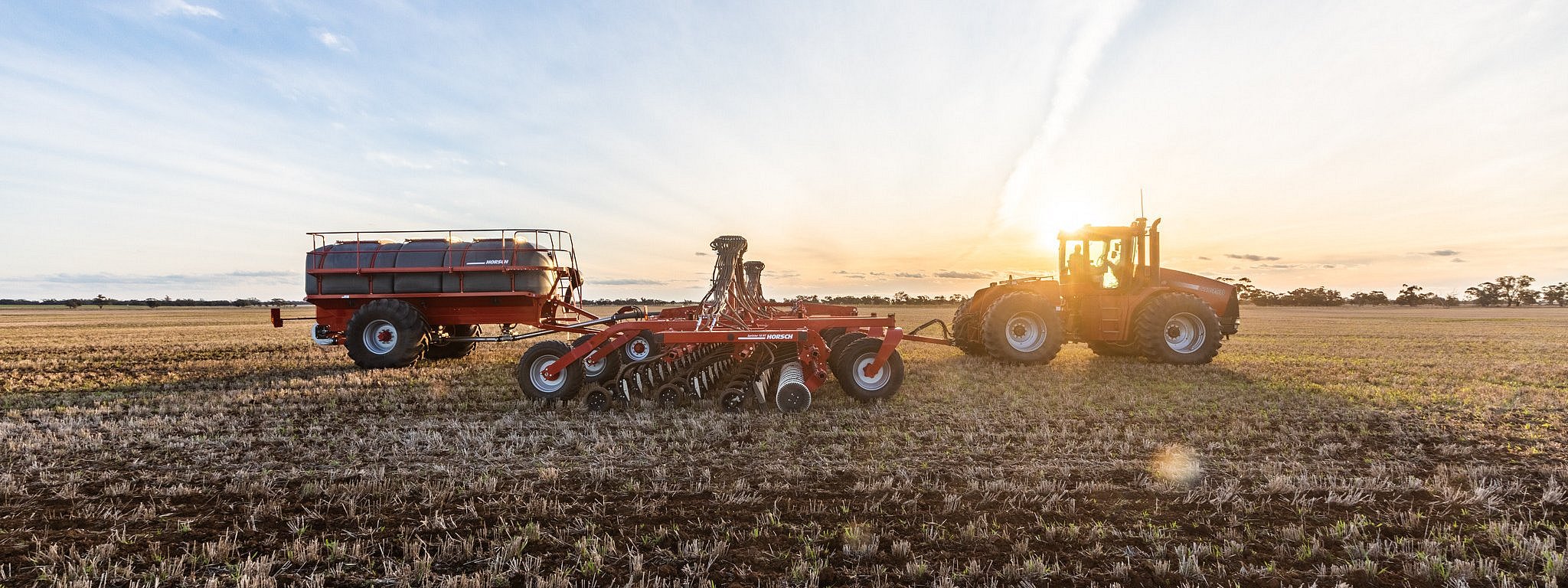Seedbed preparation – how can we meet the requirements on the seedBED?
Do you remember the structure of an optimum seedBED from our last blog article?! Why do plants root deeply? – A question of optimum seedbed preparation? We examined which demands the root but also the seed Seedbed preparation – for an optimum embedding of the seed makes on the seedbed. We now wonder: How do I have to cultivate the seedbed, what do we have to pay attention to, and which machines are suitable when?
To answer these questions, we are going to take a look at the individual layers of the seedBED and we will start with the mattress:
1. Mattress – A horizon
To optimally prepare the A horizon for sowing, let’s recall the requirements of this layer resp. of the root and the layer:
- Possibility of a free nutrient uptake as most of the nutrient uptake takes place via the roots.
- Avoid disturbing layers as they affect root development and cause growth delays as well as malformations. The resulting stagnant water and oxygen deficiency impede the root growth and affect the healthy development of the plant.
These requirements now have to be met. Based on the seedbed preparation, we will take some steps backwards, for already the stubble cultivation and the primary soil cultivation have an impact on the fulfilment of these criteria.
The objective has to be:
Incorporate organic material homogeneously: This encourages the rotting of organic material. For the availability and the rotting of organic material influence the nutrient supply and release. To speed up rotting, organic material has to be mixed evenly with the soil to provide enough contact surface for the bacteria to carry out the decomposition.
If necessary, loosen compaction in the root area: Here you have to find a compromise between sufficient and too intensive loosening of the root area. A previous check with the spade reveals how intensively the primary soil cultivation has to be and which working depth is required.
We, thus, meet the requirements of the A horizon. Now we can deal with the real seedbed preparation and thus the bed sheet.
2. Transition to the bed sheet:
The “transition to the bed sheet” describes the placement horizon of the seed.
To ensure a sufficient seed-soil contact and thus the capillary connection to the water, the placement horizon has to be sufficiently consolidated. With regard to consolidation, the packer comes in. The correct selection of the packer depending on the site and the soil conditions has an essential influence on the seedbed preparation. Here you will find a summary of the appropriate packers depending on the site: Packer range - VERSATILE FOR OPTIMUM RESULTS
3. Bed sheet:
The requirement on the bed sheet is a fine-crumbly surface structure.
The balancing act between sufficient fine soil and the risk of erosion because of too much fine soil often is challenging and is influenced by the intensity but also by the conditions at the time of seedbed preparation. As the “arranging” of the bed sheet is the last step before sowing, the focus is on an optimum levelling.
What are the tools we can use to meet these objectives and requirements? We will answer this with following question:
Disc, tine or rotor – what do you use when?
Cultivation with discs
- Creates a lot of fine soil in optimum conditions (the smaller the disc and the higher the circumferential speed, the more production of fine soil)
- Resistant to long stem material and a lot of organic matter
- Does not bring stems or straw that have already been incorporated to the surface
- Only level to a limited extent
- Not suitable to incorporate organic material deeply and to loosen in deeper layers
More information about Disc harrows
Cultivation with tines
Tine tools are used with various attachment and equipment options regarding the points for different applications. As a general rule:
- Level better depending on the number of bars: the more bars, the longer the tool is kept in the soil and the better the levelling.
- Depending on the tine (narrow tines), also ideal for breaking deep disturbing layers and for an intensive mixing of organic material in the whole cultivation horizon.
- Depending on the setting angle of the tine, material is either brought to the surface (grip) or soil pores are crushed better, and thus fine soil is produced (dragging).
- From shallow to deep depending on for example the tine spacing: the narrower the tine spacing, the shallower you can work, the more you can work all-over and the more soil is moved on the surface (production of fine soil in the seed horizon).
- Brings long mulch material to the surface
More information about Cultivators
Cultivation with rotary harrow
- Produces the highest amount of fine soil due to the high impact intensity
- Can optimally cope with hardest soils
- Holds the biggest risk of smear horizons caused by the high rotational speed
- Very time-consuming and high fuel consumption
